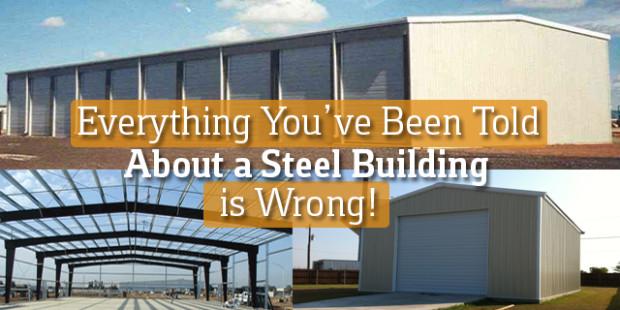4 Ways to Make Corporate Culture Your Best Branding Tool

Log on to your Apple computer, buy a pair of shoes from Zappos, order the Asian Chicken salad from Chilis and you’re immediately exposed to the corporate culture of these companies. Corporate culture used to be thought of as a touchy feely component of business, less important than strategy. Now-a-days, more and more companies are beginning to understand the importance of establishing a robust corporate culture.
Entrepreneur Magazine defines corporate culture as: a blend of the values, beliefs, taboos, symbols, rituals and myths all companies develop over time.
I want to give you another definition. There’s a difference between managing and leading. Managing is a task, while leading is almost all attitude. Employees may obey a manager, but they trust and follow a leader.
Corporate culture isn’t about your office décor, it’s not intangible, it’s not the ‘vibe,’ I’ve found it’s one of the most important drivers of my company’s long term success. I firmly believe it comes from the top down, from our leaders.
I’ve worked very hard to lead this company’s culture by aligning all employees to achieving the mission and goals because they believe in the company’s core set of values, and I need them to believe in me – that I genuinely care about their success.
 Think about the Marines: the few, the proud. They have a connected community that’s second to none, and it comes from the early indoctrination of every member of the Corps and the clear communication of their purpose and value system. It’s completely clear that they’re privileged to be joining an elite community that’s committed to improvising, adapting, and overcoming in the face of any adversity. The culture is so strong that it glues the community together and engenders a sense of pride that makes them unparalleled. The culture is what each Marine relies on in battle and in preparation. It’s an amazing example of a living culture that drives pride and performance.
Think about the Marines: the few, the proud. They have a connected community that’s second to none, and it comes from the early indoctrination of every member of the Corps and the clear communication of their purpose and value system. It’s completely clear that they’re privileged to be joining an elite community that’s committed to improvising, adapting, and overcoming in the face of any adversity. The culture is so strong that it glues the community together and engenders a sense of pride that makes them unparalleled. The culture is what each Marine relies on in battle and in preparation. It’s an amazing example of a living culture that drives pride and performance.
A productive corporate culture is probably one of the most (if not the most) important components to your branding.
Your customers will feel the culture when they contact you, so it better be a good one.
So how do you do that?
1. Have a dynamic and engaged leadership
You may not believe this, but I have three desks at work. I have one private office which I rarely use. I have another desk on the sales floor so I’m in the trenches with my team. I have a third desk with our creative team because I like to sit with the ‘ideas people’ and come up with ideas.
2. Establish values
I established Armstrong United, a non-profit, so my company could give back to the community. I encourage my employees to volunteer their time, mentor the new employees, live a life where giving back is a necessary part of having a job.
3. Responsibility and accountability
A strong culture empowers employees and finds the right role for each employee. When an employee is deficient in one area, they may display strengths in other areas. When you make each employee accountable for their position, you give them ownership. It’s almost magical what employees will do for the company when they feel like they own their position.
4. Celebrate success and failure
Many companies forget to celebrate victories – big ones and small ones. It’s critical. When our sales team meets a goal, we celebrate. Sometimes it’s a trip to a casino, sometimes it’s an afternoon where they can relax a little, sometimes it’s just a quick note from me telling them I appreciate their hard work. But failures can also be celebrated. Not because you failed, but because they are an opportunity to learn from mistakes and make corrections.
A vibrant culture provides a cooperative and collaborative environment for a brand to thrive in. Your brand is the single most important asset to differentiate you consistently over time, and it needs to be nurtured, evolved, and invigorated by the people entrusted to keep it true and alive – your employees.
Without a functional and relevant culture, the money invested in equipment, development, marketing, and human resources is never maximized and often wasted. And I’m here to tell you, it starts at the top.
Photo courtesy: Sebastiaan ter Berg, Jackie« Ready For A Steel Building? Keep More Green in your Pocket!
Don’t Be Afraid to Ask These 6 Questions About Steel Buildings »
Popular Posts

You can’t have your cake and eat it too. This idiom has been repeated so much, it’s become completely cliché. More than likely, someone has uttered this phrase to you at some point in your life. But what does it mean exactly? Other than getting me in the mood for dessert, this really illustrates the… …

Natural disasters are impossible to predict, and we constantly have to deal with the aftermath. The Internal Displacement Monitoring Centre estimated that 220,000 people in the U.S. were displaced or removed from their homes due to natural disasters in 2013. It’s a startling fact when you put it in global terms; 22 million people lost… …

